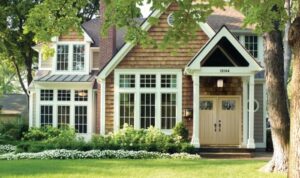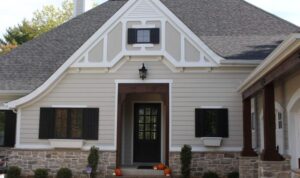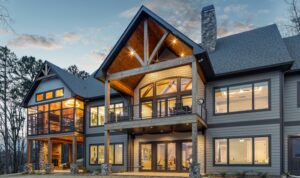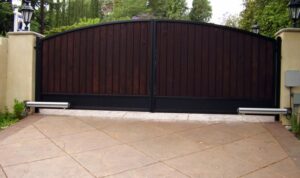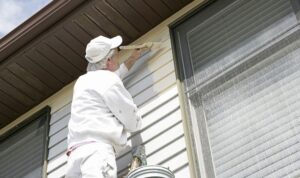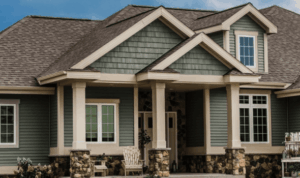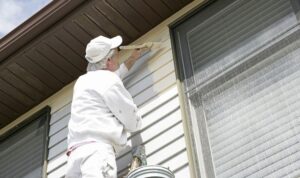Embark on a journey through the world of global siding and roofing, where history meets innovation to shape the future of construction. This engaging exploration promises to unravel the intricacies of quality materials, sustainable practices, and cutting-edge technologies in the industry.
Delve deeper into the realm of siding and roofing to discover the key elements that define modern construction practices across the globe.
Overview of Global Siding and Roofing
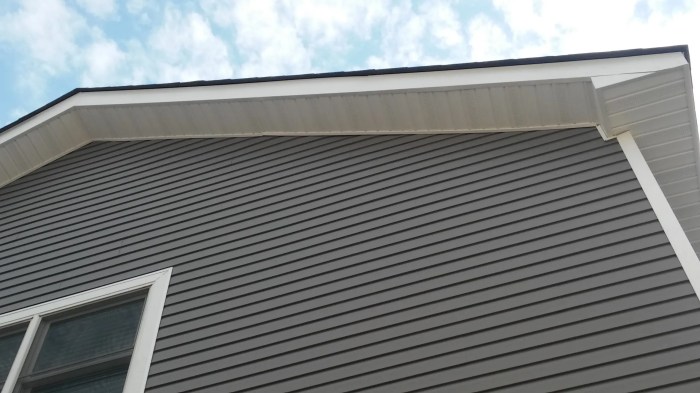
Global siding and roofing industry has a rich history dating back centuries, evolving with advancements in technology and architecture around the world. The importance of quality siding and roofing cannot be understated, as they serve as the first line of defense against natural elements, ensuring the durability and safety of buildings worldwide.
Key Materials Used in Global Siding and Roofing
Various materials are commonly used in global siding and roofing, each offering unique properties and benefits. Some of the key materials include:
- 1. Vinyl:Known for its durability, low maintenance, and cost-effectiveness, vinyl siding is a popular choice for many residential and commercial buildings.
- 2. Wood:Wood siding provides a natural and timeless look, but requires more maintenance compared to other materials. Cedar and redwood are commonly used for their resistance to decay and insects.
- 3. Metal:Metal roofing, such as steel and aluminum, is known for its longevity, fire resistance, and recyclability. It is commonly used in industrial and commercial buildings.
- 4. Asphalt:Asphalt shingles are the most widely used roofing material due to their affordability, versatility, and ease of installation. They come in various colors and styles to suit different architectural designs.
Types of Siding Materials

When it comes to siding materials, there are various options available globally, each with its own set of characteristics, advantages, and disadvantages. Let's take a closer look at some of the commonly used siding materials.
Vinyl Siding
- Vinyl siding is a popular choice due to its affordability, low maintenance, and wide range of colors and styles.
- It is durable and resistant to rot, insect damage, and fading.
- However, vinyl siding can crack in extreme weather conditions and may not be as environmentally friendly as other options.
Fiber Cement Siding
- Fiber cement siding is known for its strength, durability, and fire resistance.
- It can mimic the look of wood, stucco, or stone while requiring minimal maintenance.
- Although it is more expensive than vinyl, fiber cement siding is a long-lasting option that is environmentally friendly and can withstand harsh weather conditions.
Wood Siding
- Wood siding offers a natural, rustic look and can be easily painted or stained to match the desired aesthetic.
- It is biodegradable and renewable, making it an eco-friendly option.
- However, wood siding requires regular maintenance to prevent rot, insect infestations, and weather damage.
Aluminum Siding
- Aluminum siding is lightweight, durable, and resistant to fire and corrosion.
- It is low maintenance and can be painted in various colors.
- On the downside, aluminum siding can dent easily and may not offer as much insulation as other materials.
Types of Roofing Materials
When it comes to roofing materials, there are several options available, each with its own set of characteristics and maintenance requirements. Let's explore some popular roofing materials used on a global scale and discuss their maintenance needs and energy efficiency.
Asphalt Shingles
Asphalt shingles are one of the most commonly used roofing materials due to their affordability and ease of installation. They are relatively low maintenance, requiring periodic inspections and repairs to address any damage or wear. While not the most energy-efficient option, asphalt shingles can be made with reflective coatings to improve their energy performance.
Metal Roofing
Metal roofing is known for its durability and longevity, making it a popular choice for many homeowners. Maintenance for metal roofs typically involves regular inspections to check for any signs of corrosion or damage. Metal roofs are highly energy-efficient, reflecting sunlight to keep the interior of the building cooler and reducing energy costs.
Clay Tiles
Clay tiles are a traditional roofing material that adds a unique aesthetic to a building. Maintenance for clay tiles includes replacing any broken or cracked tiles and ensuring the roof is properly sealed to prevent leaks. While clay tiles are not the most energy-efficient option, they provide natural insulation that can help regulate indoor temperatures.
Slate Roofing
Slate roofing is a premium roofing material known for its beauty and longevity. Maintenance for slate roofs is minimal, with occasional repairs needed for damaged or missing tiles. Slate is a highly energy-efficient material, providing excellent insulation and helping to reduce heating and cooling costs.
Installation Methods for Siding and Roofing
Installing siding and roofing on a building requires careful attention to detail and proper techniques to ensure durability and longevity. Here, we will discuss the general steps involved in installing siding and roofing materials effectively.
Installing Siding
- Prepare the surface: Ensure the walls are clean, dry, and free of any debris before starting the installation process.
- Measure and cut the siding: Accurately measure the dimensions of the walls and cut the siding panels accordingly to fit perfectly.
- Install the starter strip: Begin at the bottom of the wall with a starter strip to provide a level base for the siding panels.
- Attach the siding panels: Secure the siding panels to the wall using nails or screws, making sure to leave room for expansion and contraction.
- Finish with trim: Complete the installation by adding trim pieces around windows, doors, and corners for a polished look.
Installing Roofing
- Prepare the roof deck: Ensure the roof deck is structurally sound and install any necessary underlayment to protect against moisture.
- Start with the drip edge: Begin by installing a drip edge along the edges of the roof to prevent water from seeping underneath the roofing materials.
- Lay the roofing materials: Install the roofing materials according to the manufacturer's instructions, starting from the bottom and working your way up.
- Secure with fasteners: Use the appropriate fasteners to secure the roofing materials in place, making sure to follow the recommended spacing and placement.
- Finish with flashing: Complete the installation by adding flashing around roof penetrations and edges to prevent water leaks.
Tip: It is essential to follow the manufacturer's instructions and local building codes when installing siding and roofing materials to ensure proper installation and compliance with regulations.
Trends in Global Siding and Roofing
In the ever-evolving world of construction, the trends in global siding and roofing are constantly changing to meet the demands of modern architecture, environmental concerns, and technological advancements. Let's explore some of the current trends shaping the industry.
Current Trends in Siding Designs and Styles
Architectural trends are leaning towards sleek and modern designs in siding. Clean lines, minimalistic profiles, and a variety of textures are popular choices among homeowners and architects. Additionally, the use of mixed materials such as wood, metal, and fiber cement is gaining popularity to create unique and eye-catching facades.
Emerging Technologies in the Siding and Roofing Industry
With the rise of smart homes, technologies like solar panels, integrated ventilation systems, and energy-efficient materials are becoming more prevalent in siding and roofing solutions. These technologies not only enhance the functionality of the building but also contribute to sustainability and energy savings.
Sustainable Practices in Global Siding and Roofing
Sustainability is a key focus in the construction industry, and siding and roofing are no exception. Green building practices, such as using recycled materials, implementing rainwater harvesting systems, and incorporating green roofs, are becoming more common to reduce environmental impact and promote eco-friendly construction methods.
Last Recap
In conclusion, global siding and roofing stand as pillars of strength in the ever-evolving landscape of construction. From trendsetting designs to eco-friendly solutions, the industry continues to push boundaries and set new standards for excellence.
Question Bank
What are the most commonly used materials in global siding and roofing?
The key materials include vinyl, wood, fiber cement, and metal for siding; while roofing materials range from asphalt shingles to clay tiles and metal.
How do I ensure proper installation of siding and roofing?
It's crucial to hire experienced professionals, follow manufacturer guidelines, and conduct regular maintenance to ensure the longevity and efficiency of your siding and roofing.
What are some emerging technologies in the siding and roofing industry?
Technologies like cool roofs, solar shingles, and green roofs are gaining traction, offering energy-efficient and sustainable solutions for modern buildings.



